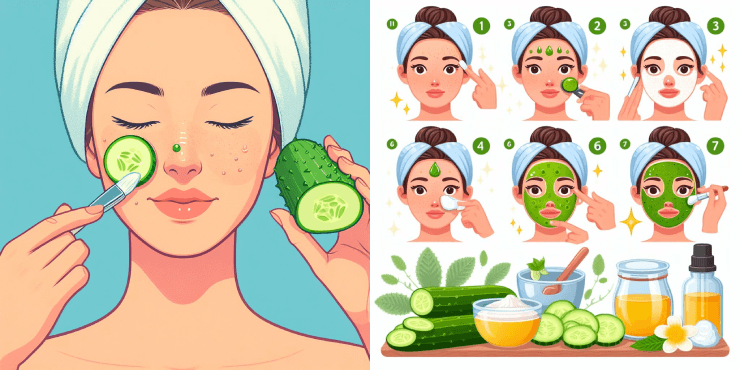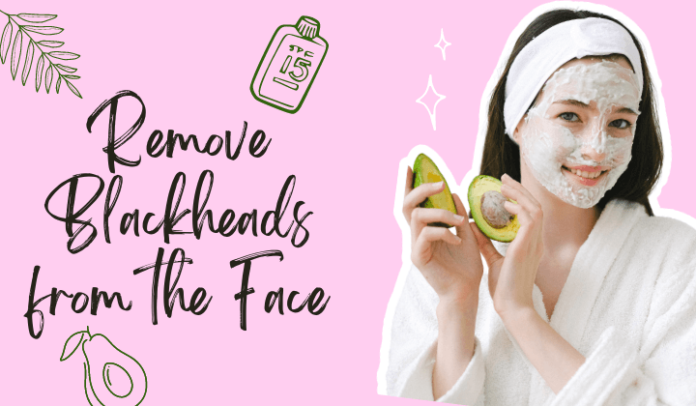Blackheads, those pesky little spots that seem to pop up out of nowhere, can be a source of frustration for many people. They occur when pores become clogged with excess oil and dead skin cells, leading to the formation of a small, dark bump on the skin’s surface. While they are not harmful, blackheads can be unsightly and may contribute to a lack of confidence in one’s appearance. Fortunately, there are several methods for effectively removing blackheads and preventing them from recurring.
Understanding the Skin
Understanding the skin is crucial for maintaining its health and addressing various concerns effectively. The skin, being the body’s largest organ, serves as a protective barrier against external threats like harmful UV rays and bacteria. Comprising multiple layers, including the epidermis, dermis, and subcutaneous tissue, each layer plays a unique role in maintaining skin integrity and function. The epidermis, the outermost layer, protects against moisture loss and pathogens, while the dermis provides structural support with collagen and elastin fibers, contributing to skin elasticity and strength. Additionally, the subcutaneous tissue contains fat cells that help regulate body temperature and provide cushioning. Understanding these layers and their functions aids in selecting appropriate skincare products and treatments tailored to individual skin needs, promoting overall skin health and well-being.
Prevention Techniques
Prevention techniques are essential for minimizing the occurrence of blackheads and maintaining clear, healthy skin. Firstly, establishing a consistent skincare routine is paramount, including gentle cleansing twice daily to remove dirt, oil, and impurities that can clog pores. Incorporating exfoliation into the routine helps slough off dead skin cells, preventing them from accumulating and leading to blackheads. Choosing non-comedogenic skincare products and cosmetics ensures they won’t clog pores. Additionally, using oil-free or water-based moisturizers helps hydrate the skin without exacerbating blackheads. Regular use of topical treatments containing ingredients like salicylic acid or benzoyl peroxide can help prevent blackheads by unclogging pores and reducing excess oil production. Furthermore, protecting the skin from harmful UV rays with sunscreen helps prevent inflammation and pore blockage. Lastly, maintaining a healthy lifestyle with a balanced diet, staying hydrated, managing stress levels, and avoiding excessive sun exposure and smoking can contribute to overall skin health and reduce the likelihood of blackheads.
Home Remedies
Home remedies can be effective in treating blackheads and improving skin conditions without harsh chemicals or expensive treatments. One popular remedy is using baking soda as a gentle exfoliant to remove dead skin cells and unclog pores. Simply mix a small amount of baking soda with water to form a paste, then gently massage it onto damp skin in circular motions before rinsing off with lukewarm water. Another common household item, lemon juice, contains natural acids that can help dissolve oil and debris trapped in pores. Apply fresh lemon juice to the affected areas using a cotton ball, leave it on for about 10 minutes, then rinse off with water. Additionally, honey has antibacterial properties and can help soothe and moisturize the skin while fighting blackheads. Apply raw honey directly to the affected areas, leave it on for 10-15 minutes, then rinse off with warm water. Moreover, steaming the face can help open up pores and loosen debris, making it easier to remove blackheads. Simply fill a bowl with hot water, place your face over the bowl, and drape a towel over your head to trap the steam for about 5-10 minutes. Finally, using a gentle clay mask, such as bentonite or kaolin clay, once or twice a week can help absorb excess oil and impurities from the skin, reducing the appearance of blackheads.
Over-the-Counter Products
Over-the-counter (OTC) products offer convenient solutions for treating blackheads and improving skin clarity. One popular option is salicylic acid-based cleansers or spot treatments, which effectively penetrate the pores to dissolve oil and debris, helping to unclog pores and prevent new blackheads from forming. Benzoyl peroxide products are also commonly used to treat blackheads, as they have antibacterial properties that can kill acne-causing bacteria and reduce inflammation. Additionally, retinoid creams or gels containing ingredients like adapalene or tretinoin can help increase cell turnover, preventing the formation of new blackheads and promoting smoother skin texture over time. For those with sensitive skin, gentle exfoliating scrubs containing ingredients like glycolic acid or fruit enzymes can help remove dead skin cells and prevent pore blockages without irritating them. Furthermore, pore strips or patches can be used to physically remove blackheads from the skin’s surface by adhering to the oil and debris trapped in pores and pulling them out when removed. However, it’s essential to use these products as directed and avoid overuse, as they can potentially irritate the skin or cause dryness if used excessively. Consulting with a dermatologist can help determine the most suitable OTC products for individual skin concerns and ensure safe and effective treatment.
Professional Treatments

Professional treatments offer advanced solutions for stubborn blackheads and can provide significant results under the guidance of trained skincare professionals. One effective option is microdermabrasion, a non-invasive procedure that uses a specialized device to exfoliate the outer layer of the skin, helping to unclog pores and improve overall skin texture. Another popular treatment is chemical peels, which involve applying a solution containing exfoliating ingredients like glycolic acid or salicylic acid to the skin, promoting cell turnover and reducing the appearance of blackheads. Additionally, professional extractions performed by dermatologists or estheticians can safely remove stubborn blackheads and other pore blockages using sterile instruments, minimizing the risk of scarring or infection. For more severe cases of blackheads or acne, laser or light therapy treatments can be effective in targeting bacteria and reducing oil production, helping to prevent future breakouts and improve skin clarity. It’s essential to consult with a skincare professional to determine the most suitable treatment option based on individual skin type, concerns, and treatment goals, ensuring safe and effective results.
Lifestyle Changes
Making certain lifestyle changes can also play a significant role in preventing and reducing blackheads. Firstly, maintaining a healthy diet rich in fruits, vegetables, lean proteins, and whole grains can help promote overall skin health by providing essential nutrients and antioxidants. Additionally, staying hydrated by drinking plenty of water helps keep the skin hydrated and flush out toxins, reducing the risk of pore blockages. Regular exercise is another important aspect of a healthy lifestyle, as it promotes blood circulation and helps regulate hormone levels, which can impact oil production and pore congestion. Managing stress through relaxation techniques like meditation, yoga, or deep breathing exercises can also help reduce the risk of breakouts, as stress hormones can trigger increased oil production and inflammation in the skin. Furthermore, practicing good hygiene habits such as regularly washing pillowcases, avoiding touching the face with dirty hands, and using non-comedogenic skincare and makeup products can help prevent the buildup of oil and bacteria on the skin, reducing the likelihood of blackheads. Lastly, quitting smoking and limiting alcohol consumption can also benefit skin health by reducing inflammation and promoting better circulation. Making these lifestyle changes can complement skincare routines and professional treatments, leading to clearer, healthier-looking skin over time.
Myths and Misconceptions
Dispelling myths and misconceptions surrounding blackheads is essential for understanding proper skincare practices. One prevalent myth is that blackheads are caused by poor hygiene. In reality, blackheads result from the accumulation of oil, dead skin cells, and bacteria in pores, not simply dirt on the skin’s surface. Therefore, over-washing or scrubbing the skin aggressively can strip away natural oils and lead to irritation, exacerbating blackheads. Another misconception is that squeezing or picking at blackheads is an effective way to remove them. However, this can damage the skin, spread bacteria, and even lead to scarring or infection. Instead, it’s best to use gentle exfoliation and skincare products containing ingredients like salicylic acid or benzoyl peroxide to help unclog pores and prevent blackheads. Additionally, some people believe that blackheads only affect teenagers, but they can occur at any age due to factors like hormonal changes, genetics, and lifestyle habits. Lastly, there’s a misconception that blackheads will go away on their own without treatment. While some may resolve spontaneously, others may persist and even worsen over time without proper care. By understanding these myths and misconceptions, individuals can adopt more effective and informed approaches to managing blackheads and maintaining clear, healthy skin.
Conclusion
Removing blackheads from the face requires a combination of proper skincare, home remedies, and sometimes professional treatments. By understanding the causes of blackheads and implementing prevention techniques, it’s possible to achieve clear, healthy skin. Remember to be patient and consistent with your skincare routine, and always consult a dermatologist if you’re unsure about the best approach for your skin.



